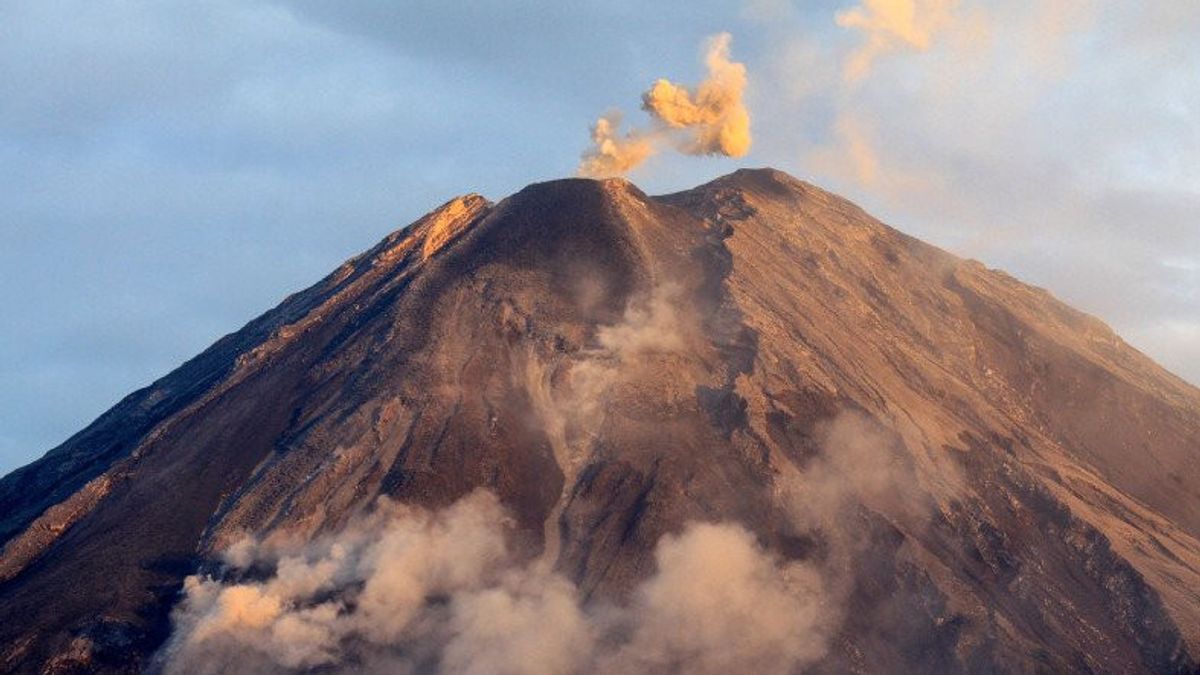JAKARTA - Mount Semeru in East Java experienced an eruption on Wednesday, November 9. The volcano was observed throwing ash about 1,500 meters from the summit.
Mount Sumeru Observation Post officer Mukdas Sofian said the eruption was recorded on a seismograph with a maximum amplitude of 30 mm and a duration of 0 seconds at 15.50 WIB.
"The ash column was observed to be white to gray with thick intensity to the northeast," Mukdas said in his statement, Wednesday night, November 9.
Based on the Antara report, the Center for Volcanology and Geological Hazard Mitigation (PVMBG) recommended that residents or tourists not move 13 kilometers from the summit or in the southeast sector throughout the Besuk Kobokan area.
Outside this distance, the community does not carry out activities at a distance of 500 meters from the riverbank (river border) along Besuk Kobokan because it has the potential to be affected by the expansion of hot clouds and lava flows up to a distance of 17 kilometers from the summit.
In addition, the public, visitors, or tourists are also asked not to move within a five-kilometer radius of the summit of Mount Semeru because it is prone to the danger of throwing stones (hot).
PVMBG also recommends always be aware of the potential for hot clouds to fall, fall lava, and lahars along rivers or upstream valleys from the peak of Mount Semeru, especially along Besuk Kobokan, Besuk Bang, Besuk Kembar, and Besuk Sat. as well as the potential for lahars in small rivers which are tributaries of the Besuk Kobokan river.
The activity of Mount Semeru is found in the Jonggring Seloko Crater which is located on the southeast side of Mahameru's peak. The eruption of Mount Semeru is generally in the form of volcanic eruptions and strombolian ash that occurs three to four times an hour.
Volcanic-type eruptions are characterized by explosive eruptions that sometimes destroy previously formed domes and lava tongues.
Then there was astrombolian-type eruption which was usually followed by the formation of a new dome and lava tongue.
At the time of the explosive eruption, it is usually followed by hot clouds flowing into lower valleys and flow directions in accordance with the opening of craters and valleys on Mount Semeru.
Mukdas said the current direction of opening the crater of Mount Semeru is to the southeast or to the upper reaches of Besuk Kembar, Besuk Bang, Besuk Kobokan.
The English, Chinese, Japanese, Arabic, and French versions are automatically generated by the AI. So there may still be inaccuracies in translating, please always see Indonesian as our main language. (system supported by DigitalSiber.id)













